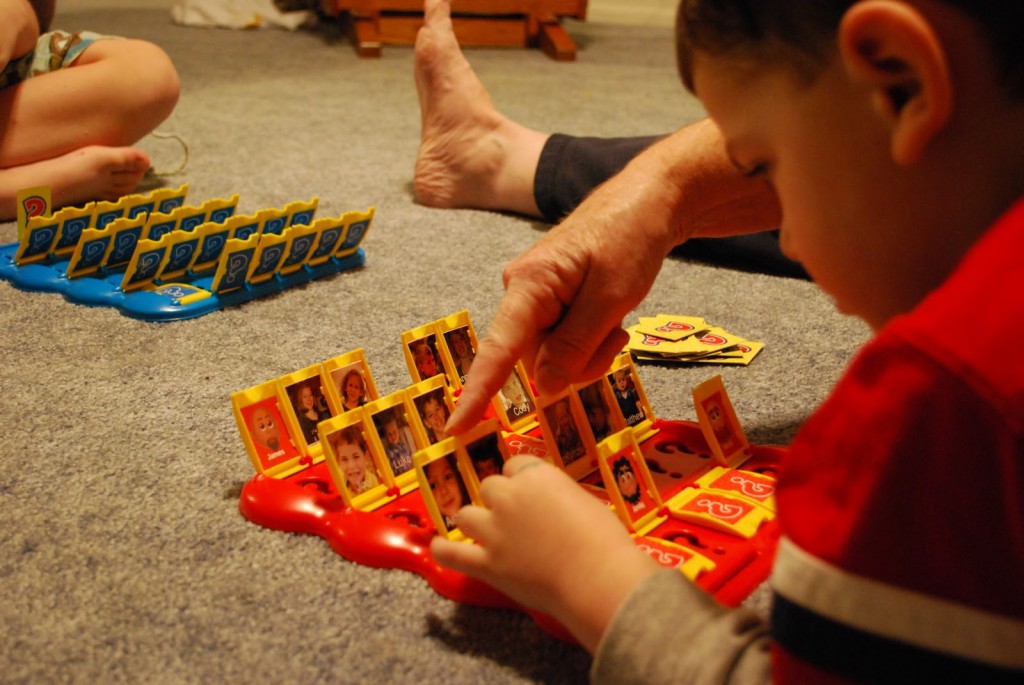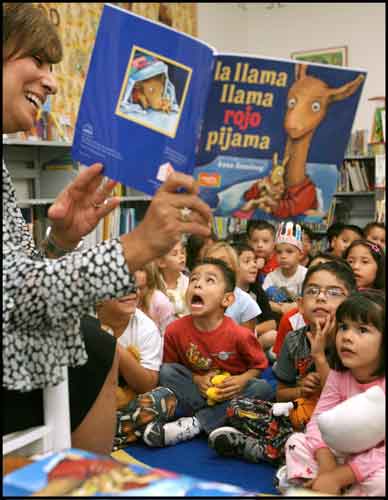3 Listening Games to Promote Comprehension
Children receiving speech and language therapy to improve their expression (how they use or say words) may also have deficits in comprehension (understanding language). The two skills are essential to good communication and are always addressed and evaluated by a speech pathologist. Areas to work on in language comprehension include: following directions, comprehending concepts, answering questions, and listening for details. Good listening skills allow students to follow the teacher, respond appropriately to directions/demands and follow the details of a story-book. In therapy, be sure to modify the task so that a child does not get frustrated by the difficulty. If the child had a hard time following directions, try not to bombard or give several in a row. Break up long language into smaller pieces and provide support and encouragement throughout the task. Try these listening games and activities in speech therapy or at home to target and improve comprehension.
1.) Guess Who? – In Reverse
This might seem like an expressive game at first, which it is, but played with an emphasis on listening skills it can quickly apply to comprehension. In the game Guess Who? One player asks a question of the other to obtain a yes/no answer to the identify of a character on the board (e.g., “does your person have green eyes?). Instead of playing this way, players can take turns giving clues so the other must listen, take in the information, and eliminate correct characters on the board (e.g., “my player does not wear glasses”).
2.) Mother May I? With Conditions and Exceptions
This traditional game may sound old-school but it’s a great way to encourage listening skills. While players are supposed to ask permission, “Mother may I take five steps?” the game can be mixed up to encourage more listening skills and incorporate trickier concepts by having the “mother” player give alternatives or elaborate instructions for the first player to follow. For example, after being asked, “Mother may I take five steps?” the mother character could answer, “yes, but only after you take two steps to the left.” This way, the child must understand and listen for the sequence concept, after and directional term, left. Elaborate by incorporating conditional concepts (e.g., If you have brown hair) or temporal (e.g., Before you jump…).
3.) Mixed Up Story Retell
Does your child or student have a favorite book? Do they know each line by heart? If so, use it for a listening game. Just because it’s an old book doesn’t mean you can’t use it for a new idea or find new inspiration. Take turn re-telling or narrating the story. You can do this while looking at the book, with puppets or while drawing/recreating it. However, as a teacher, parent or speech pathologist, purposely retell the story with incorrect, silly, missing information or absurd mistakes. Encourage the child to “be a good listener” by listening for these mistakes and correcting them. These can include: changing the names of characters, events, details or conflicts. Make the details as big or small as they need to be to target your child’s specific listening goals. For example, while retelling the three little pigs, describe only 2 pigs, or describe one house made from an incorrect material (maybe play doh, wood, snow). This can be a fun twist on an old favorite for many children.





